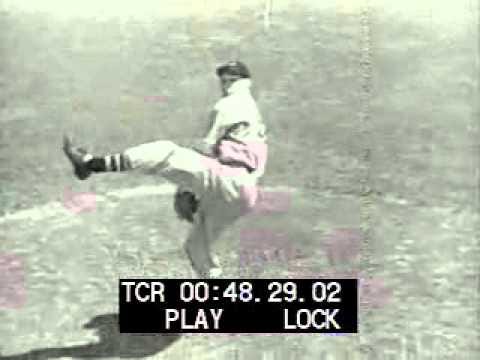To paraphrase Tom Petty, the ramp up is the hardest part. When we finally take off our cloth masks and get out of the house, picking up ball and glove for the first time, we’re not going to go right into games. At least we better not.
That’s not to say that pitchers, especially at the MLB level, are down to zero in terms of chronic workload. But is there any that’s at a steady state, or at a level they would normally be at in, say, January of a normal offseason? My guess is that less than half of teams are monitoring this in any way, let alone with a tool like a Motus Throw.
So what is there to do at lower levels where those tools and the guidance of professional coaches isn’t available? I think that we need to have some guidelines, so I consulted a group of professional pitching coaches, medical professionals, and researchers to try and put something reasonable together.
This isn’t a rigorous, scientific study based system. This isn’t a guarantee of prevention or even reduction of injuries, though I feel good in saying that it would do it over just getting back out there. Moreover, I think it is a system that doesn’t put any team or pitcher in a situation where a team or pitcher is either put in a bad position or over-risked.
In the broadest terms, this is a pitch count system designed to enforce a ramp up. The system is as follows:
A) Pitchers should do a normal ramp up, as designed by coaches and medical professionals, as directed. This system should be according to best pitching practices, but is not required to follow any single method or guidance. Best practices indicate that this ramp up should take not less than two weeks if the pitcher has been active during quarantine and not less than four weeks if the pitcher has not been active.
B) Pitchers will be required to follow pitch count guidelines in games. Pitchers will begin with a count of 50 pitches and can increase by 10 pitches every outing until they reach 90 pitches. (That is, limits of 50, 60, 70, 80, then 90 pitches.) If a pitcher does not reach the limit in game, they will not be allowed to graduate to the next 10-pitch level. Once a pitcher reaches 90 pitches, he is free to go back to normal Pitchsmart guidelines.
Pretty simple, right?
The progressive system is easy to administer, easy to check, and easy to understand. All this is doing is enforcing some form of ramp up that will take at least a couple weeks. Even in the largest tournaments, pitchers do not tend to make more than a couple starts in a weekend.
These guidelines may be low for some, especially if they were diligent in their quarantine workouts. If so, pitchers will work through them quickly, making it to the 90 pitch and free level in five starts. No team should gain any advantage, though there are ways of “gaming the system” though my hope is that leagues and tournament organizers would strongly discourage these kinds of actions.
This is just a starting point, but I believe this simple, progressive system is a great base for organizations to adopt. I’ll be submitting it to PitchSmart, Little League, and several other organizations in hopes that if not adopted, it will be a discussion starter for them. I know we have a lot of smart people who read this newsletter, all of whom love baseball. I’m very curious your thoughts on this and how you would improve it.




